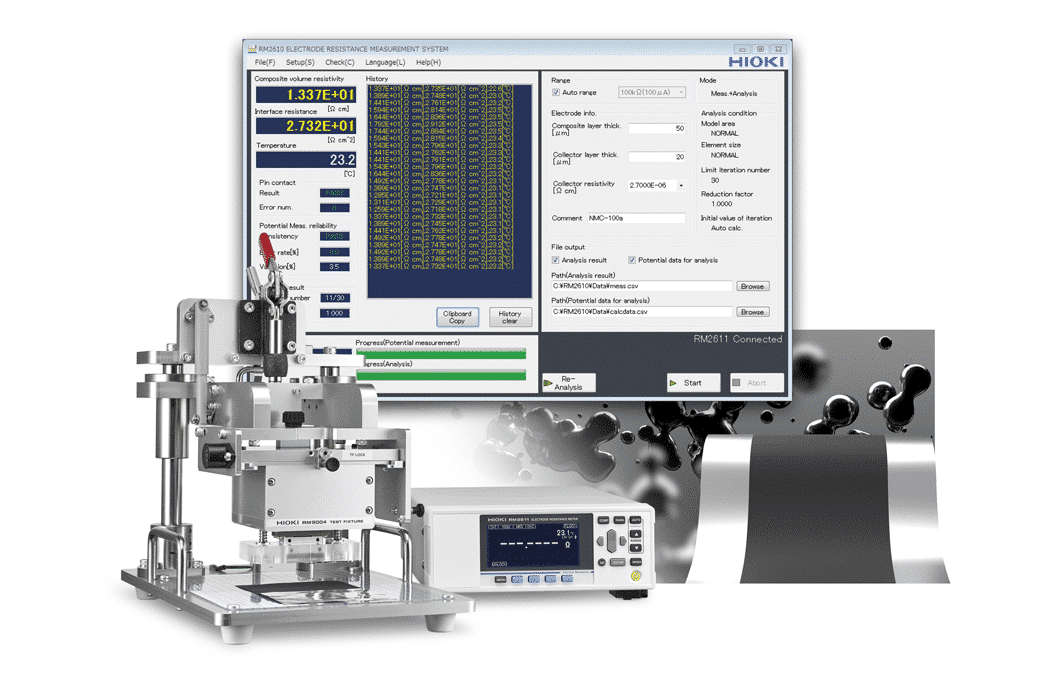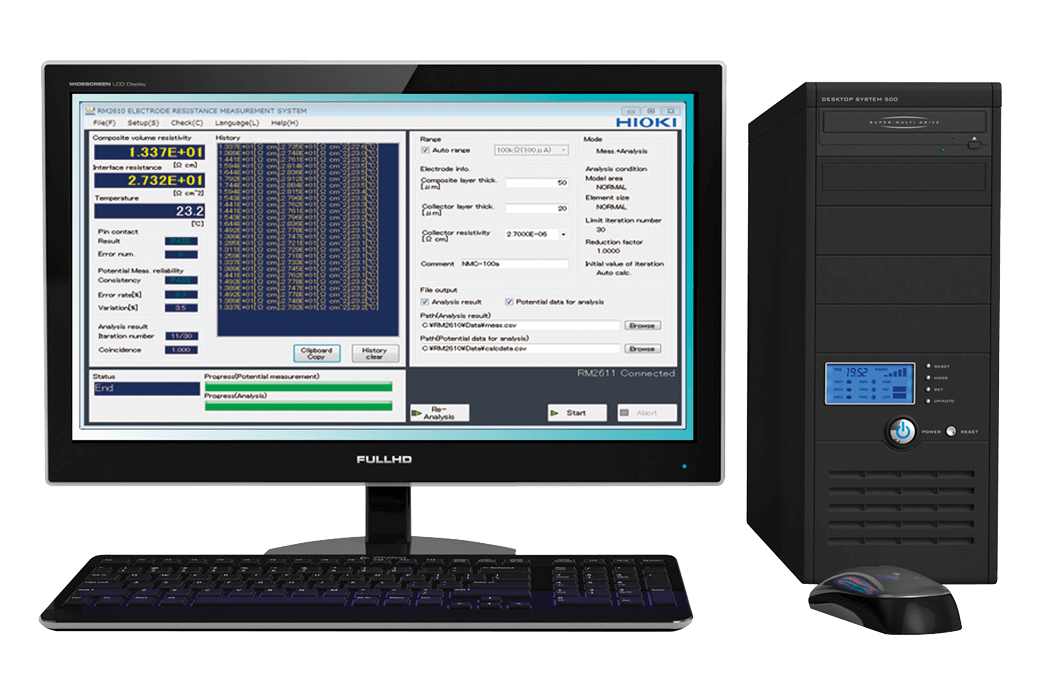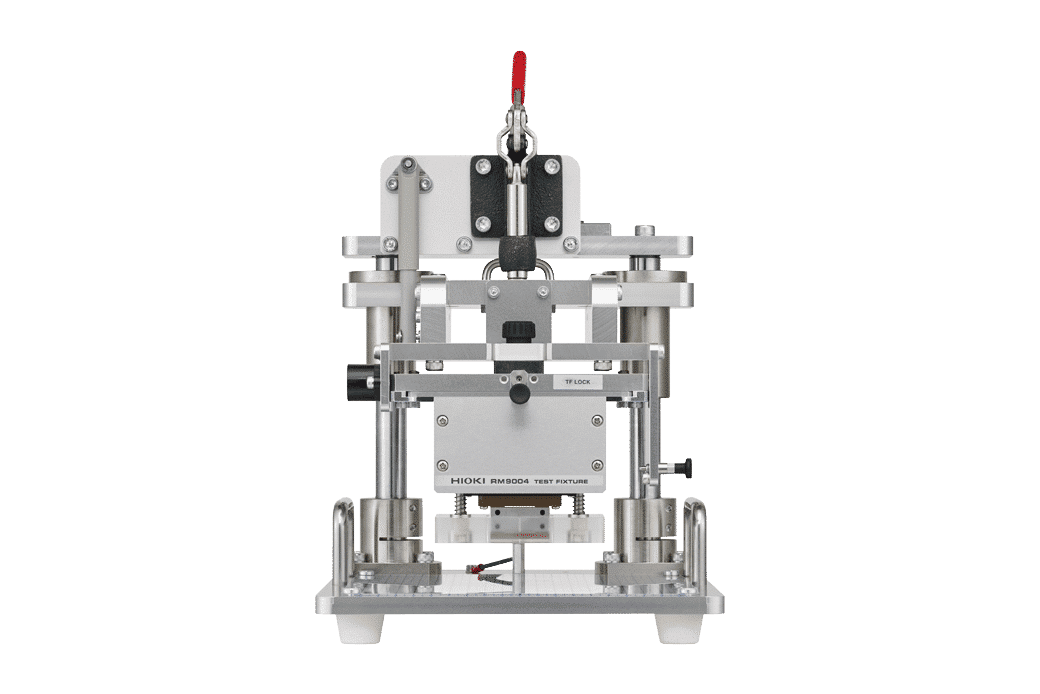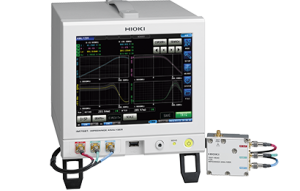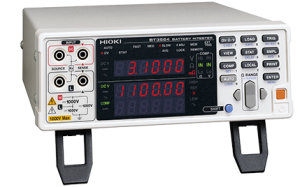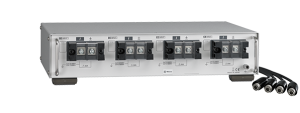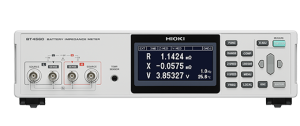Hioki RM2610 Electrode Resistance Measurement System
The Hioki RM2610 isolates and quantifies composite layer resistance and interface resistance in positive and negative electrode sheets used in lithium-ion batteries.
The use of lithium-ion batteries (LIB) has been rapidly increasing in line with the widespread adoption of smart phones, laptops and other personal devices. More recently, the use of rechargeable batteries in the global development of electric vehicles has seen their greater evolution and progress while world production level is skyrocketing. The lithium-ion battery has steadily improved over time, resulting in greater safety and stability, shorter charging times and longer lifespans, but there is little room for further improvement in terms of its structure and mechanism.
However, there is still some unchartered territory for managing the internal resistance of batteries as a means to contribute to their ongoing research and development. Traditionally, in order to measure the resistance characteristics of the electrode sheets in a LIB, you can measure the penetration resistance and volume resistivity using the 4-wire method. However, both methods do not give you the resistance characteristics of the entire electrode sheet comprising of the composite layer, current collector, and the interface between the two. In fact, there is no known method to identify both the resistivity of the composite layer and the interface resistance until now.
The RM2610 was developed to isolate and quantify the composite layer resistance and interface resistance in the positive- and negative-electrode sheets used in LIB as a way to verify their uniformity, control quality, and help improve production methods. The entire system utilizes a test fixture made up of microscopic probes, press unit to affect the density of the electrode layer, a resistance meter, and software built with HIOKI’s proprietary analysis algorithm to visualize the composite and interface resistances.
By quantifying the resistance characteristics that could not be visualized up until now, the characteristics and quality of electrode sheets can be identified meaningfully, and changes in the resistance characteristics due to changes in the material and composition can be analyzed to contribute to further LIB improvements.

